House Training Your Dog: Step-by-Step Guide
Transparency matters to us! This post may include affiliate links, which means we earn a small commission if you make a purchase through our recommendations. This is at no additional cost to you. Read our full affiliate disclosure.
Ever found yourself cleaning up another accident while wondering if your furry friend will ever understand that the living room isn’t their personal bathroom?
House training a dog can feel overwhelming, especially when you’re dealing with repeated mistakes and wondering what you’re doing wrong. Most puppies learn basic house training within several weeks to a few months, but the timeline varies significantly based on consistency, age, and individual factors.
The good news is that every successful dog owner has walked this path before you, and with the right approach, you can build a routine that works for both you and your companion. House training relies on structure, supervision, and consistency, tapping into your dog’s natural instincts while creating clear expectations. Whether you’re starting with a young puppy or helping an adult dog adjust to new rules, understanding the proven methods can save you time, frustration, and countless rolls of paper towels.
Key Takeaways
- Routine and Supervision: Establish fixed times for meals, potty breaks, and naps to help dogs associate specific times with toilet behaviors
- Crate Training Support: Dogs instinctively avoid soiling their sleeping area, making crate training an effective tool for developing bladder control
- Positive Reinforcement: Reward dogs immediately after they eliminate in the correct area using treats and enthusiastic praise
- Accident Management: Clean thoroughly with enzymatic cleaners to remove odors that may encourage repeat soiling
- Gradual Freedom: Incrementally expand accessible areas as dogs succeed, starting with one room at a time
- Signal Recognition: Watch for signs like sniffing, circling, and restlessness that indicate elimination needs
- Patience and Consistency: Never punish accidents as this creates confusion and delays training progress
Preparing for House Training
Before starting the training process, setting up your environment properly makes a significant difference in your success rate. The preparation phase involves establishing clear spaces and gathering the right tools to support both you and your dog throughout the learning process.
Start by choosing a specific outdoor elimination spot that’s easily accessible and consistently available. This area should be close enough to your door that you can reach it quickly when your dog shows signs of needing to go. Having a designated spot helps your dog understand where appropriate elimination should occur and makes the routine more predictable for both of you.
Crate selection plays a vital role in house training success. Choose a crate that allows your dog to stand, turn around, and lie down comfortably, but avoid oversized options that might encourage elimination in one corner. The crate should feel like a safe den rather than a punishment space, so place it in a quiet but accessible area of your home where your dog can still feel connected to family activities.
Essential supplies include enzymatic cleaners specifically designed for pet accidents, high-value treats for immediate rewards, and a standard leash for supervised outdoor trips. Having these items readily available prevents delays when accidents happen or when positive reinforcement opportunities arise.
Step-by-Step House Training Process
Establish a Consistent Routine
Predictable routines help dogs associate specific times with toilet behaviors, making the learning process more efficient and less stressful for everyone involved. Your daily schedule becomes the foundation that supports all other training efforts.
Feed your dog at the same times each day, as scheduled feeding helps regulate digestive rhythms and predict elimination times. Most dogs need to eliminate within 15-30 minutes after eating, so plan outdoor trips accordingly. Young puppies may require feeding three to four times daily, while adult dogs typically do well with two meals.
Plan potty breaks for key transition times: first thing in the morning, after each meal, following naps, after play sessions, and last thing before bed. Puppies under 16 weeks generally cannot hold their bladder for more than a few hours, so frequent outings are necessary during early training stages.
Always use a leash during potty trips, even in fenced yards. This prevents your dog from getting distracted by interesting smells or activities and helps you guide them to the designated elimination area. Stay with your dog during these trips rather than simply letting them outside alone, as your presence allows for immediate praise when they succeed.
Crate Training Basics
Crate training leverages a dog’s natural instinct to keep their sleeping area clean while providing a safe space for times when direct supervision isn’t possible. When implemented correctly, crate training accelerates house training progress and reduces indoor accidents.
Introduce the crate gradually by making it comfortable and inviting. Place soft bedding inside, feed meals in the crate, and allow your dog to explore it freely with the door open. Never use the crate as punishment, as this creates negative associations that can interfere with the training process.
Start with short periods in the crate while you’re home, gradually increasing the duration as your dog becomes more comfortable. Dogs that experience crate soiling may need retraining with controlled diet, limited freedom, and more frequent outings. If accidents occur in the crate, reassess the size, schedule, and your dog’s comfort level with confinement.
Use positive reinforcement to build good crate associations. Provide special toys or treats that are only available during crate time, and always take your dog directly outside immediately after releasing them from the crate.
Teaching Potty Cues
Introducing verbal cues once toileting patterns are established creates a communication tool that becomes invaluable for travel, vet visits, and other situations where you need your dog to eliminate on command.
Begin using a consistent phrase like “go potty” or “do your business” right as your dog starts to eliminate in the correct location. Timing is important – say the cue as the behavior begins, not before or after. This helps your dog connect the verbal command with the physical action.
Once your dog reliably eliminates in the designated area, you can begin saying the cue slightly earlier to encourage the behavior. However, avoid repeating the command multiple times or using it when your dog isn’t showing signs of needing to go, as this can reduce its effectiveness.
Reward immediately after successful elimination outdoors with treats and enthusiastic praise at the exact spot where the behavior occurred. This immediate reinforcement helps your dog understand what earned the reward and strengthens the connection between the location, behavior, and positive outcome.
Supervising and Preventing Accidents
Close supervision when dogs are not confined prevents unsupervised accidents and allows for timely correction and guidance. Active monitoring during the learning phase is one of the most effective ways to accelerate progress and build good habits.
Watch for early warning signs that indicate your dog needs to eliminate. Common signals include sniffing and circling, sudden pauses in play or activity, and squatting or restlessness. Learning to recognize these subtle behaviors allows you to intervene before accidents occur.
When you notice elimination signals, immediately guide your dog to the designated potty area. Move quickly but avoid creating panic or excitement that might interrupt your dog’s natural elimination process. If you catch your dog in the act of eliminating indoors, interrupt gently with a verbal cue and immediately take them outside to finish.
Consider tethering your dog to you during active supervision periods, especially in the early training stages. This technique, often called “umbilical cord training,” ensures your dog stays close enough for you to notice behavioral changes while preventing unsupervised access to other areas of the home.
Managing Accidents
Clean promptly and thoroughly with enzymatic cleaners to remove odors that may encourage repetition, as dogs have a much keener sense of smell than humans and may return to soiled areas based on lingering scents.
When accidents happen, avoid punishment or scolding, especially after the fact. Reprimands delay training, create confusion, and may foster anxiety that can actually slow progress. Instead, simply clean the area thoroughly and return to your regular supervision and routine.
Regular enzymatic cleaners are more effective than standard household cleaners because they break down the organic compounds in urine that attract dogs back to the same spots. Apply the cleaner according to the manufacturer’s instructions and allow adequate time for the enzymes to work before wiping or rinsing the area.
If accidents become frequent or occur in the same location repeatedly, reassess your supervision level, schedule, and confinement strategy. Sometimes stepping back to more frequent outings or reduced freedom helps reset the training process and prevent habit formation around indoor elimination.
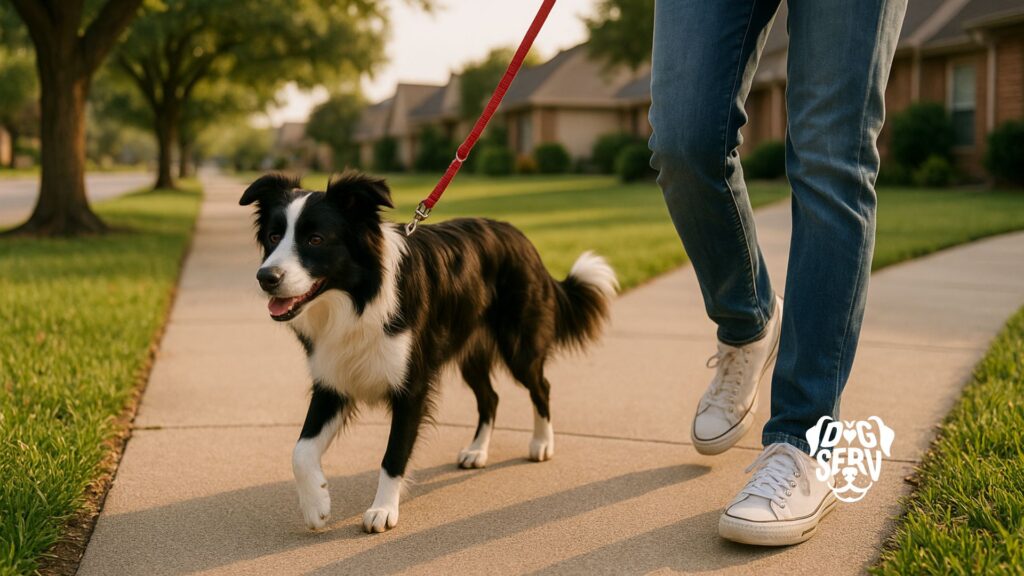
Common Challenges and Solutions
Puppy Soiling in Crate
Crate soiling may indicate the crate is too large, allowing the dog to eliminate in one corner and sleep in another. This breaks down the natural den instinct that normally prevents elimination in sleeping areas.
If crate accidents occur, first verify the crate size is appropriate. You can temporarily make a larger crate smaller by using a divider or placing a cardboard box in the extra space. As your puppy grows and demonstrates consistent cleanliness, gradually increase the available crate space.
Consider whether your puppy is spending too much time in the crate relative to their bladder capacity. Young puppies may need outings every 2-3 hours, even during initial crate training periods. Adjust your schedule to match your puppy’s physical capabilities rather than trying to extend crate time beyond their limits.
Some puppies may have developed negative associations with their crate due to previous experiences or inappropriate use as punishment. Rebuild positive crate associations through feeding, treats, and gradual reintroduction before expecting extended confinement periods.
Repeated Soiling in One Spot
Dogs that repeatedly soil the same indoor location often do so because complete odor removal hasn’t occurred. Even thorough cleaning with regular products may leave scent markers that encourage return visits.
Use black lights to identify urine spots that aren’t visible to the naked eye, ensuring you treat all affected areas with enzymatic cleaners. Sometimes accidents spread beyond the obvious wet area, especially on carpet or porous surfaces, so treat a wider area than initially appears necessary.
Temporarily restrict access to problematic areas during the retraining process. Use baby gates, furniture placement, or supervision to prevent your dog from returning to favorite accident spots while you work on strengthening outdoor elimination habits.
Consider changing the function of previously soiled areas by feeding your dog in that location or using it for positive training activities. Dogs typically avoid eliminating where they eat or engage in enjoyable activities, which can help break the cycle of repeated soiling.
Lack of Progress or Regression
If a dog persistently soils inside, reassess the schedule, confinement, supervision, and rule out medical issues that might interfere with normal bladder or bowel control. Sometimes apparent training failures are actually health problems that require veterinary attention.
Schedule a veterinary examination if house training progress stalls or if a previously trained dog suddenly begins having frequent accidents. Urinary tract infections, digestive issues, and other medical conditions can make it difficult or impossible for dogs to maintain normal elimination control.
Evaluate whether your expectations match your dog’s developmental stage and individual capabilities. House training duration ranges from a few weeks to several months, varying by age, breed, consistency of training, and individual factors. Some dogs simply need more time and patience than others.
Consider whether recent changes in routine, environment, or household dynamics might be affecting your dog’s progress. Moving to a new home, changes in work schedules, or family stress can temporarily disrupt established house training patterns.
Environmental and Breed Variations
Small breeds may require indoor potty solutions like puppy pads or indoor dog potties, especially in harsh weather or for busy owners. These alternatives can be particularly useful during extreme weather or for owners with mobility limitations.
If using indoor potty options, place them consistently in the same location and treat them with the same routine and praise as outdoor elimination areas. Gradual transition to outdoor elimination can follow once the weather improves or circumstances change.
Consider your dog’s size and physical capabilities when setting expectations. Very small dogs have correspondingly small bladders and may need more frequent opportunities than larger breeds. Similarly, senior dogs may have different needs than young adults.
Some breeds have reputations for being more challenging to house train, often due to size, stubbornness, or intelligence factors. Research your specific breed’s tendencies and adjust your approach accordingly, but remember that individual dogs within breeds can vary significantly in their learning patterns and motivations.
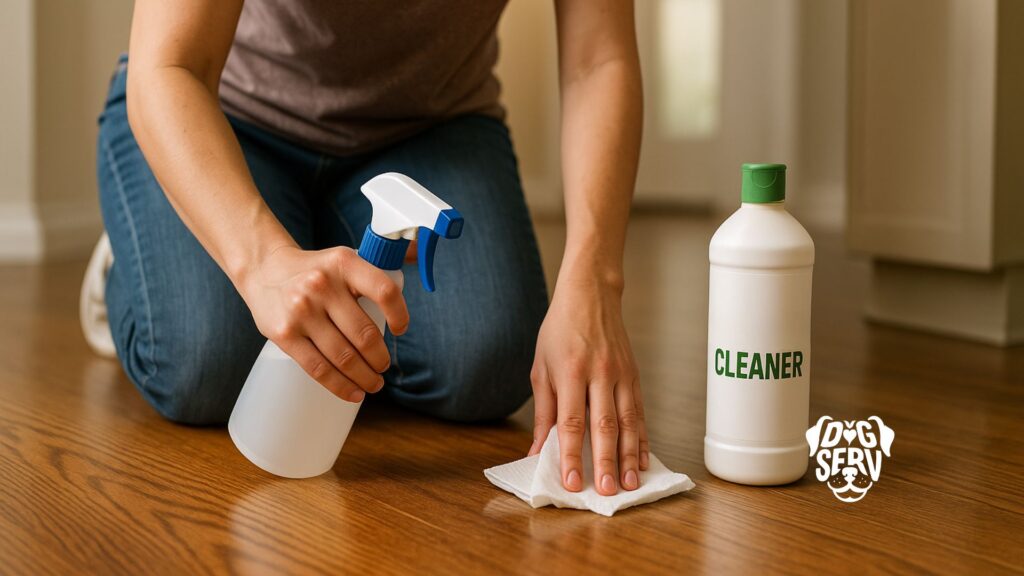
Practical Tips for Successful Training
Consistency in your approach makes the difference between quick success and prolonged struggles. Use treats and praise consistently, keeping training sessions short but frequent to maintain your dog’s attention and motivation without creating overwhelm.
Keep high-value treats easily accessible throughout the day so you can reward successes immediately. The most effective rewards happen within seconds of the desired behavior, so having treats in your pocket or stationed near the door prevents delays that can reduce training effectiveness.
Track your dog’s progress and remain patient, especially with young puppies or newly adopted dogs who may need extra time to adjust to new routines and expectations. Consider keeping a simple log of successful outdoor eliminations and indoor accidents to identify patterns and track improvement over time.
Training aids like bells hung by the door can help dogs learn to signal when they need to go outside. Teach your dog to ring the bell by guiding their nose or paw to it before each potty trip, then immediately open the door. Most dogs quickly learn this communication method, though some may initially ring it for attention rather than genuine need.
Real-Life Applications
Using crate and training cues during travel, vet visits, and other outings extends the benefits of house training beyond your home environment. Dogs who understand potty cues can be encouraged to eliminate before car trips or in unfamiliar locations when needed.
Crate training provides benefits beyond house training, offering a safe space during household activities like construction, parties, or when guests visit who may not be comfortable around dogs. Dogs who see their crate as a positive retreat can use it voluntarily during stressful situations or when they need quiet time.
Well-trained dogs can gradually earn more freedom throughout the house, but this privilege should be extended slowly based on demonstrated reliability. Start by allowing access to one additional room, then gradually expand as your dog continues to show good judgment about elimination location.
The communication skills developed during house training carry over into other training areas. Dogs who learn to signal their needs and respond to consistent cues often pick up additional commands more quickly and develop stronger bonds with their owners through clear communication.
Frequently Asked Questions About House Training a Dog
Q: How long does house training usually take?
A: Most puppies learn basic house training within several weeks to a few months, but the timeline depends on factors like age, consistency of training, individual temperament, and previous experiences. Young puppies typically take longer than adult dogs, while rescue dogs may need time to adjust to new routines regardless of age.
Q: What should I do if my dog resists going in the crate?
A: Build positive associations gradually by feeding meals in the crate, providing special toys only during crate time, and never using it for punishment. Start with very short periods with the door open, then gradually increase the time and close the door as your dog becomes comfortable. Some dogs need weeks to fully accept crate confinement.
Q: How do I transition from indoor potty pads to outdoor elimination?
A: Move the pads gradually closer to the door, then outside near your designated elimination area. Gradually transition to outdoor elimination by maintaining the same routine and rewards while changing only the location. Some dogs make this transition quickly, while others need several weeks of gradual changes.
Q: My dog has accidents even after months of training. What’s wrong?
A: Persistent indoor elimination may indicate medical issues like urinary tract infections that require veterinary attention. Rule out health problems first, then reassess your supervision, schedule, and cleaning methods. Sometimes stepping back to more frequent outings helps reset the process.
Q: Can older dogs learn house training?
A: Adult dogs often learn house training faster than puppies because they have better bladder control and can understand routines more quickly. Newly adopted adult dogs may need time to learn household rules, even if they were previously house trained, as different homes may have different expectations and schedules.
Long-Term Benefits and Owner Responsibilities
Successful house training creates a foundation for lifelong good manners and clear communication between you and your dog. Dogs who learn reliable elimination habits typically develop better impulse control and stronger bonds with their owners through consistent, positive interactions during the training process.
Building trust and communication through training extends beyond bathroom habits into other areas of your relationship. Dogs who understand household rules and experience consistent, fair treatment often become more confident and responsive to additional training opportunities.
Maintain your established routines even after house training success to prevent regression and support your dog’s sense of security. While you may be able to reduce supervision and extend time between potty breaks, keeping meal times and basic routines consistent helps maintain good habits throughout your dog’s life.
Remember that changes in your dog’s environment, health, or routine may temporarily affect house training reliability. Senior dogs may need additional support, and any dog experiencing stress or illness might have occasional accidents despite previous good habits. Approach these situations with the same patience and positive methods that created initial success.
Creating Lasting Success Together
House training represents one of your first major training collaborations with your dog, setting the tone for future learning and relationship building. The patience, consistency, and positive communication methods that make house training successful become valuable tools for addressing other behavioral goals throughout your dog’s life.
Remember that every dog learns at their own pace, and comparing your progress to others can create unnecessary frustration. Focus on celebrating small improvements and maintaining the consistent approach that supports long-term success. Your dedication during these early training weeks creates habits and communication patterns that benefit both of you for years to come.
At DogServ, we understand that successful house training is just the beginning of your lifelong bond with your canine companion. Our Houston-based team provides ongoing support through expert training resources, honest product recommendations, and a community of fellow dog lovers who share your commitment to creating the best possible life for your furry family member. Whether you’re celebrating your first accident-free week or need guidance through unexpected challenges, we’re here to support your success every step of the way.
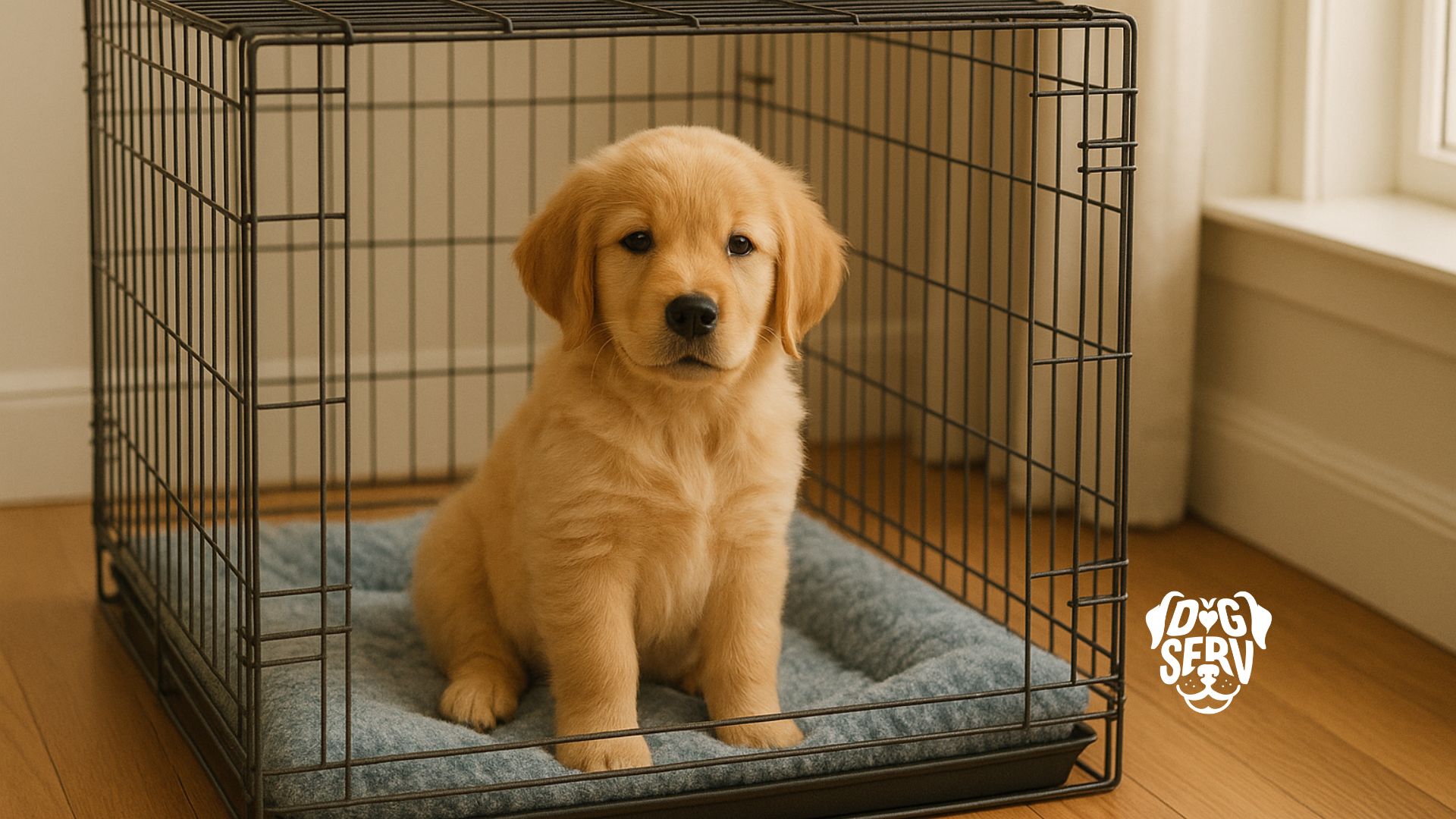
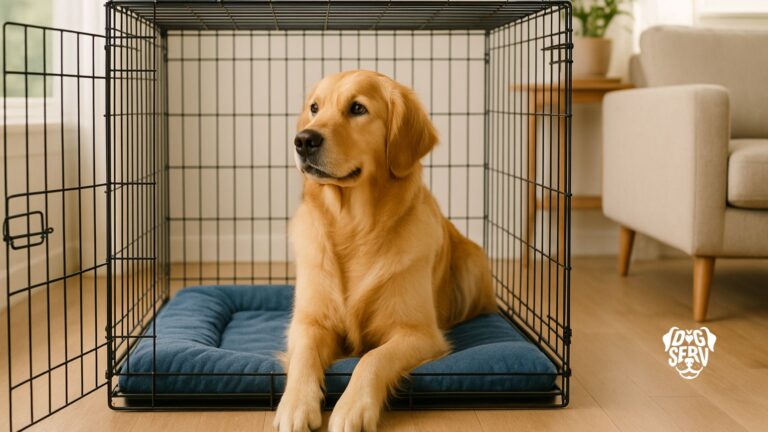
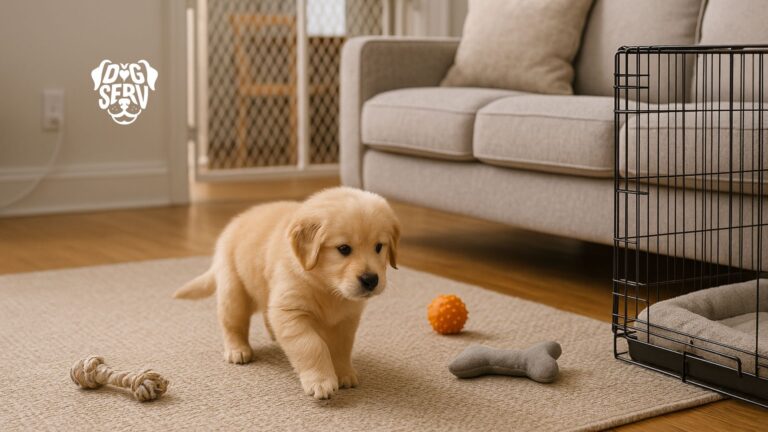
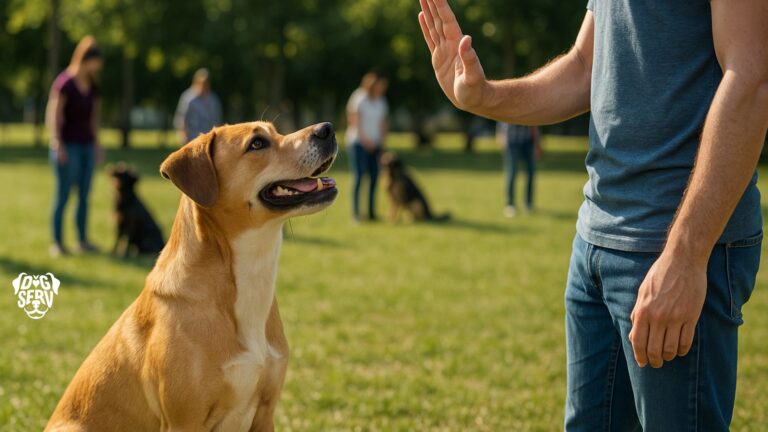
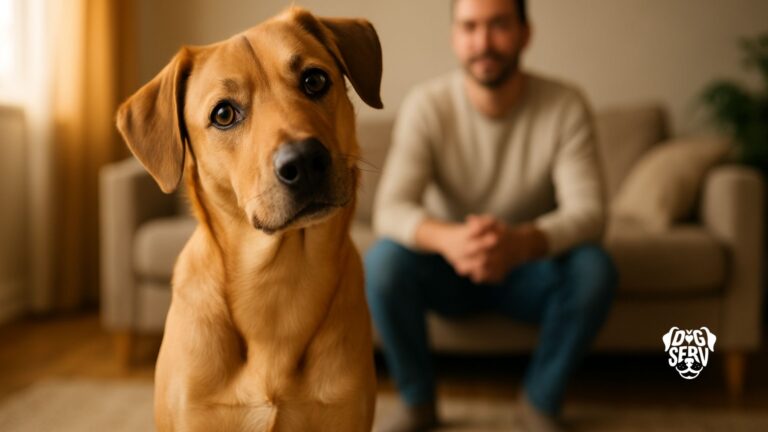
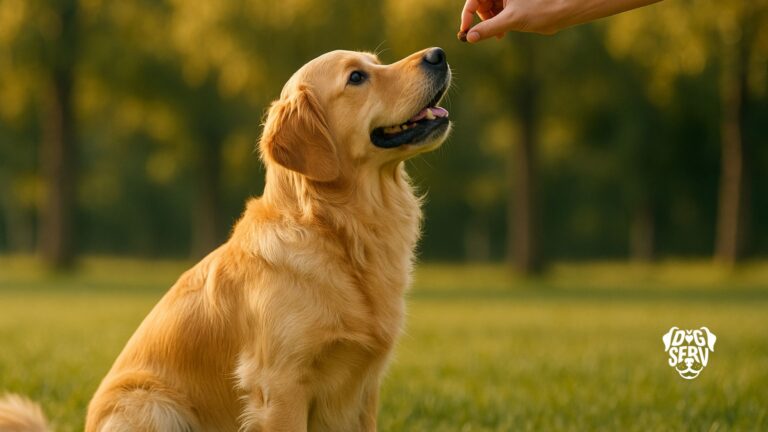
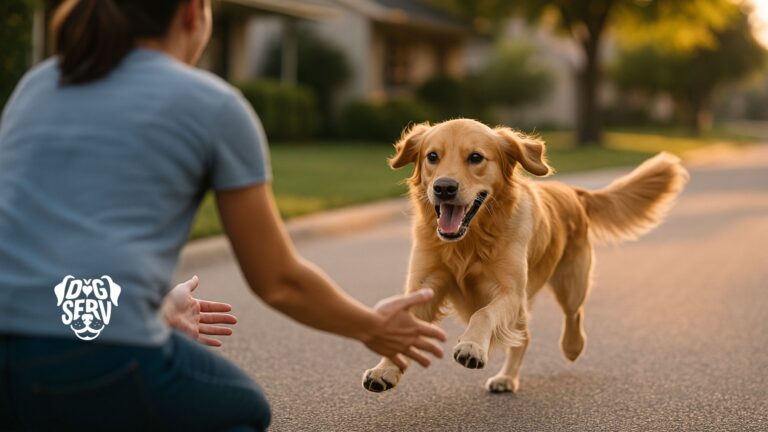
Calvin Hewitt is the primary author and driving force behind DogServ, bringing over 27 years of business expertise and 7 years of specialized digital marketing experience to the dog service industry. As the founder of Web Leveling and architect of DogServ’s evolution from a simple directory to a comprehensive one-stop shop for dog lovers, Calvin has created highly performing dog training websites in competitive markets, developed popular applications like “Can My Dog Eat?” and “Puppy Planning Checklist,” and generated thousands of monthly page views with his dog service content. Based in the Houston area but serving dog lovers and service providers nationally and internationally, Calvin works alongside a dedicated team of seven professionals, combining analytical rigor from his banking and energy industry background with a genuine passion for connecting dog owners, dog lovers, and service providers through quality content, innovative applications, and trusted recommendations.